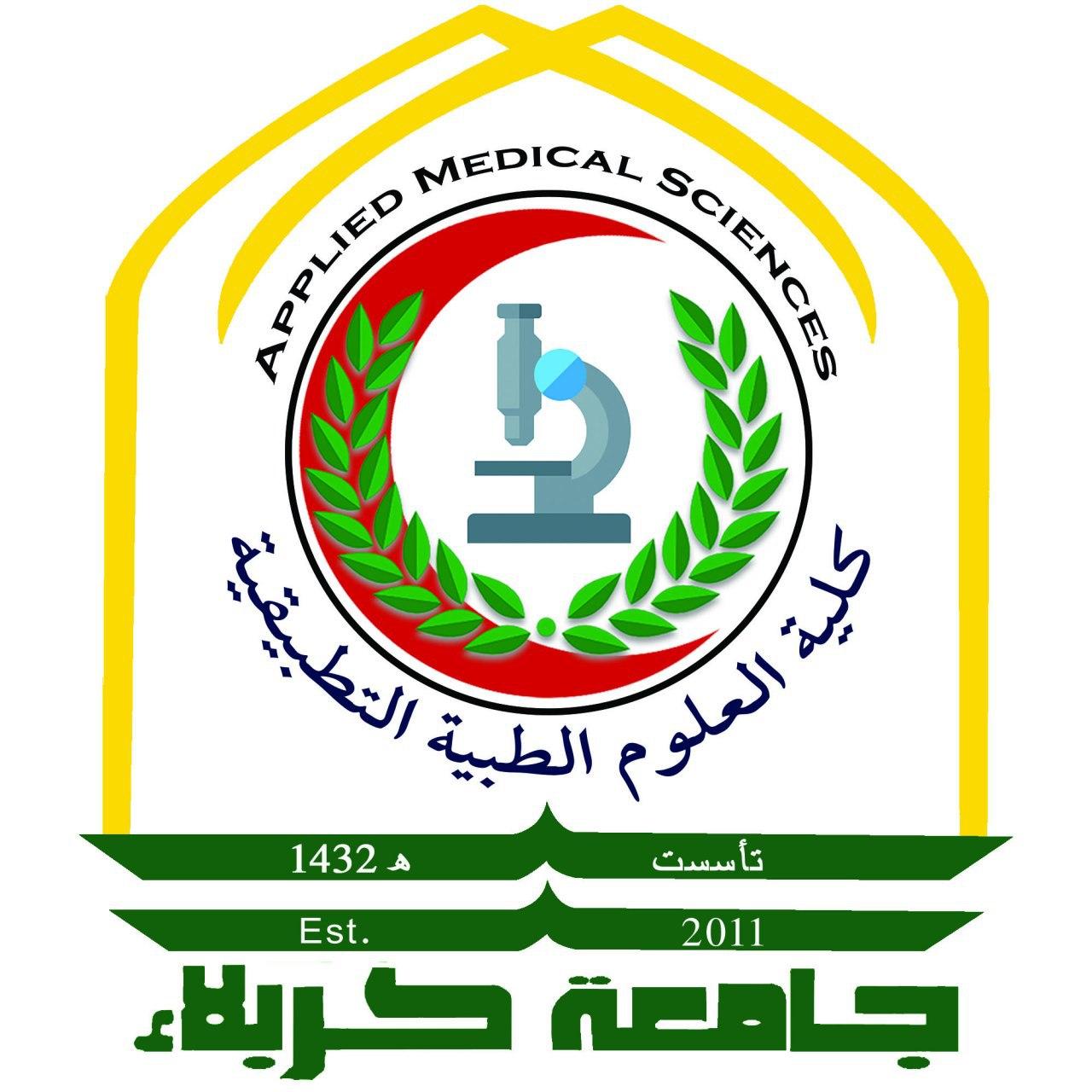Celiac disease in Karbala
مرض الجىف في مدينة كربلاء
Hassan Ali Al-Saadi•, Ali Hussein Abid••
• Branch of Clinical Laboratory Sciences/College of Pharmacy/ University of Karbala /Karbala.e-.mail:dr.hasan2009@yahoo.com
•• Branch of Pharmacology and Toxicology/College of Pharmacy /University of Karbala/Karbala
Abstract
Background: Celiac disease is asystemic disease due to immunological reaction of intestinal mucosa and submucosa on exposure to gluten leading to villous atrophy.The clinical statistic refers to increase the magnitude of this problem in Iraq.
Objective: Diagnosis of celiac disease by serological and histological tests in patients clinically suspected and comparison accursy of these tests .
Methods: 161 blood samples out patients were collected in a labeled 5ml tubes. aged ( 2years to 40 years ) were tested by Enzyme Linkined Immuno Sorbant Assay to detect anti-gliadin Immunoglobulin G and Immunoglobulin A,and anti-Tissue transglutaminase Immunoglobulin G and Immunoglobulin A Antibodies, and 161biopsies of same patients with celiac disease were taken from small intestinal histological features were interpreted according to the revised Marsh were carried in Al-Husien Hospital in Karbala,during the period from January 2006 to December2007.
Results: The levels of anti-gliadin immunoglobulins (Immunoglobulin G , Immunoglobulin A) were elevated . The following serum antibody levels were elevated in 32.91 % (53 out of 161) 21.11 %(34 out of 161) respectively , whereas Anti-tissue transglutaminase immunoglobulins (Immunoglobulin G , Immunoglobulin A) were elevated in 6.83 %(11 out of 161),and 27.32 % (44 out of 161) respectively. One handred fourty four (89.44%) patients had biopsy result consistent with celiac disease.
Conclusions: Importance using of histological findings in diagnosis celiac disease and prove its superiority to the serological tests in clinically suspected patients





























































